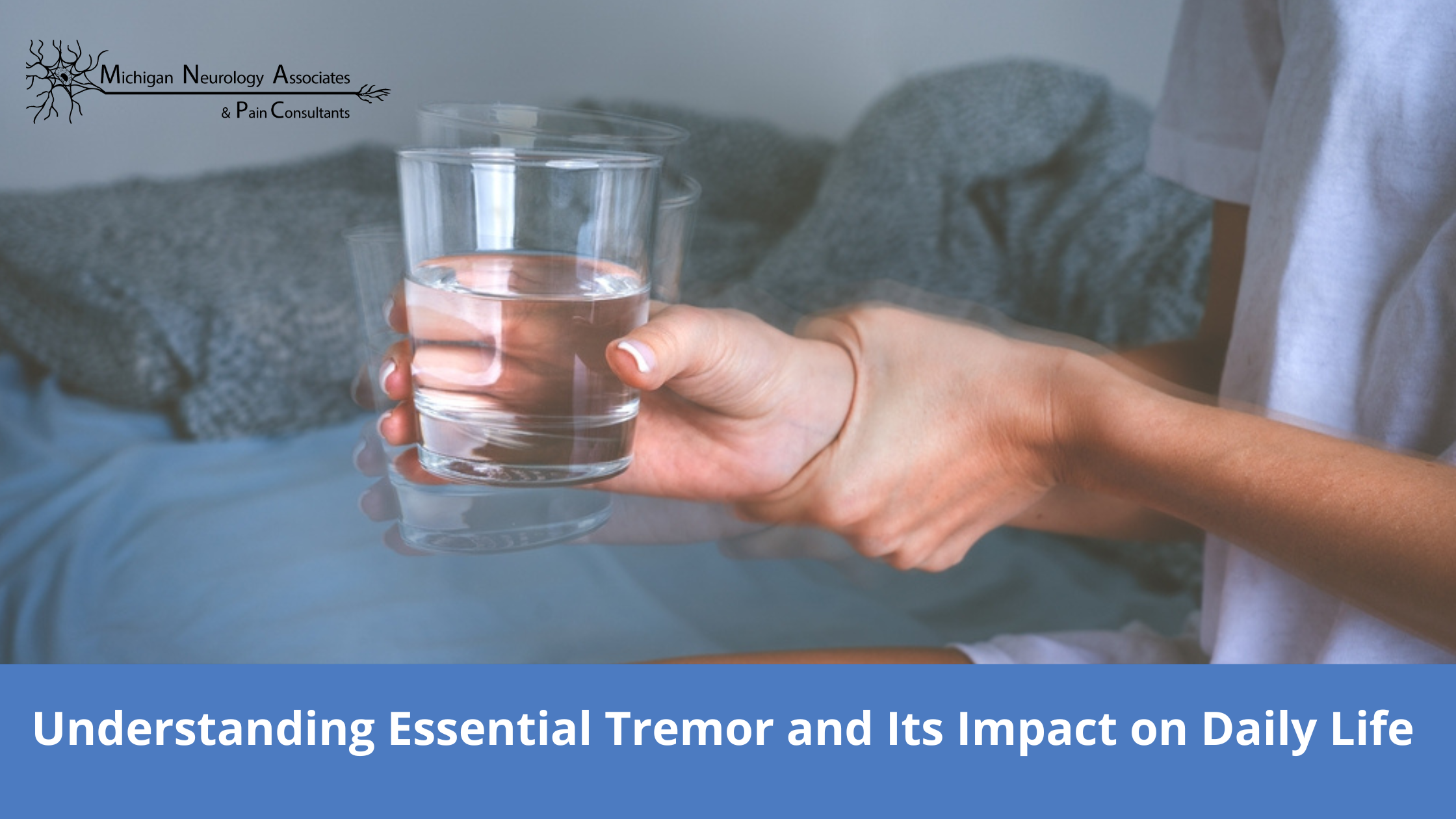



Essential Tremor (ET) is a common neurological disorder affecting around 7 million people in the U.S. It primarily affects the hands but may also affect the head, voice, and other body parts. Understanding ET is crucial as it can significantly impact daily life.
Read on to explore essential tremor, its impact on daily life, causes, diagnosis, and the available treatment options.
Essential Tremor is a neurological disorder characterized by rhythmic, involuntary shaking. It is classified as a postural or action tremor, which occurs when the muscles are in use or held against gravity. This differs significantly from Parkinson's disease, where tremors typically occur at rest.
Key symptoms of ET include shaking or tremors in the hands, head, and voice, difficulty with fine motor tasks like writing or eating, and worsening tremors with movement or stress.
Unlike Parkinson's disease, which often includes additional symptoms like rigidity and bradykinesia (slowness of movement), ET is primarily characterized by tremors without other motor problems.
Understanding these distinctions is essential for precise diagnosis and suitable treatment, as the management strategies for ET differ from those used for other movement disorders.
Essential tremors can significantly affect various aspects of daily living:
Individuals with ET often struggle with simple activities such as writing, eating, and dressing, which can be disappointing and time-consuming. Tremors can also interfere with professional responsibilities, making it difficult to perform job duties effectively.
Social interactions can be affected beyond physical difficulties. You may feel self-conscious or embarrassed, leading to social withdrawal and isolation. This further diminishes the quality of life and independence.
The emotional impact of ET is significant, with many individuals experiencing anxiety, depression, and reduced self-esteem. The constant struggle with tremors can lead to frustration and a sense of helplessness. Support from family, friends, and healthcare providers is crucial in managing these challenges and improving the quality of life for those affected.
The exact cause of Essential Tremor remains unknown, but several theories suggest it may be linked to genetic and neurological factors. ET often runs in families, indicating a potential genetic component. Researchers also believe that abnormal functioning of certain brain areas, such as the cerebellum, may contribute to the development of ET.
Several risk factors are associated with Essential Tremor, including:
On the other hand, Diagnosing ET involves a multi-step approach:
Doctors can diagnose essential tremors and recommend the most appropriate treatment plan by combining a thorough clinical assessment with your medical history and ruling out other possibilities.
Medical Treatments:
Several medical treatments are available to manage Essential Tremor. Medications such as
Medications:
Surgical Interventions:
In addition to medical treatments, therapeutic approaches can help manage Essential Tremor, including:
Physical Therapy:
Occupational Therapy:
Speech Therapy:
Implementing certain lifestyle changes can also aid in managing the tremor.
Lifestyle Modifications:
Coping Strategies:
Essential tremor, a common neurological disorder causing rhythmic shaking, disrupts daily activities for millions. Recognizing symptoms, exploring potential genetic or neurological causes, and understanding their impact are key to effective management. Fortunately, medications, therapies, and lifestyle adjustments empower individuals with ET to maintain a high quality of life. Working with healthcare professionals and loved ones allows for informed treatment decisions and ongoing support, ultimately improving the well-being of those affected.
Are you ready to take control of your Essential Tremor and improve your quality of life? Michigan Neurology Associates & Pain Consultants offers advanced treatment options for managing ET. Our team is dedicated to providing thorough care and support to help you effectively manage ET and regain confidence in your abilities. Contact us today to schedule your consultation and explore personalized solutions that can improve your daily life.